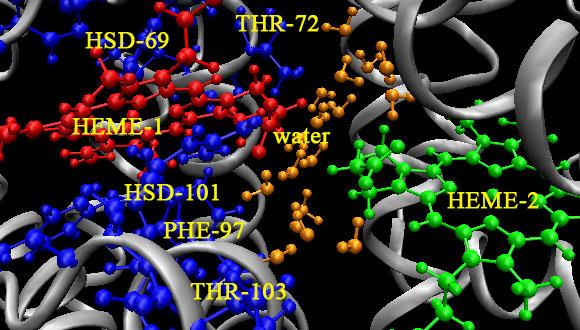סמינר בכימיה פיזיקלית: Homogenization problems for generalized Langevin equation: The bath always wins?!
Prof. Igor M. Sokolov, Humboldt University, Berlin
Zoom:
Abstract:
Generalized Langevin equations may describe a wealth of sub-, normal and super-diffusive regimes. More than a decade ago, I. Goychuk reported on a universal behavior of sub-diffusive motion in a one-dimensional bounded periodic potential [1], where numerical findings show that the behavior in the potential, under homogenization, is the same as in its absence. Thus, the behavior in sub-diffusive domain is quite peculiar, since it shows no sensitivity to external influences in the asymptotic regime (“the bath always wins”), as long as the external potential is bounded and shows no long-range correlations.
Here, we report on the results of simulations of sub-diffusion in two different two-dimensional situations with unbounded potentials modelled via non-holonomic and holonomic constraints. One of the non-holonomic situations corresponds to a periodic array of solid obstacles with different packing fractions [2]. Also in this case the sub-diffusive behavior at long times is not influenced by the presence of solid scatterers: Their presence influences the behavior at intermediate times only. Another situation corresponds to the motion of tracer particles in channels of different shapes and of indefinite length in the x direction [3]. The two cases considered correspond to channels of varying width and to channels with meandering midline. The sub-diffusion in the x direction is not affected by constraints put by the channel. This is especially astonishing for meandering channels whose centerline might be quite long.
The same behavior is seen in a holonomic model of a bead on a meandering wire, which already gives some clues on the nature of the effect. A discussion of a specific model of the bath, namely of a Rouse polymer chain attached to the tracer bead on a wire, makes the situation much less mysterious. For the case of long chains we find the same independence of the long time behavior on the wire’s modulation as in the case of GLE: The MSD at longer times does not depend on the amplitude of the wire’s modulation and is the same as for the straight wire. For shorter chains whose Rouse time lays in the observation domain, for moderate modulation, if the MSD already approached the one for a straight wire at times smaller or comparable to the Rouse time, the independence on the modulation is carried over to the final, diffusion regime at long times. In the case when constraints apply not only to the tagged monomer, but also to the rest of the chain (i.e., to the bath), the sensitivity to the wire’s shape never disappe
[1] I. Goychuk, Phys. Rev. E 80 046125 (2009);
[2] E.B. Postnikov and I.M. Sokolov, J. Phys. A: Math. Theor. 57, 055002 (2024);
[3] E.B. Postnikov and I.M. Sokolov, Phys. Rev. E 110, 034104 (2024)
מארגן הסמינר: פרופ' איליה קמינקר


